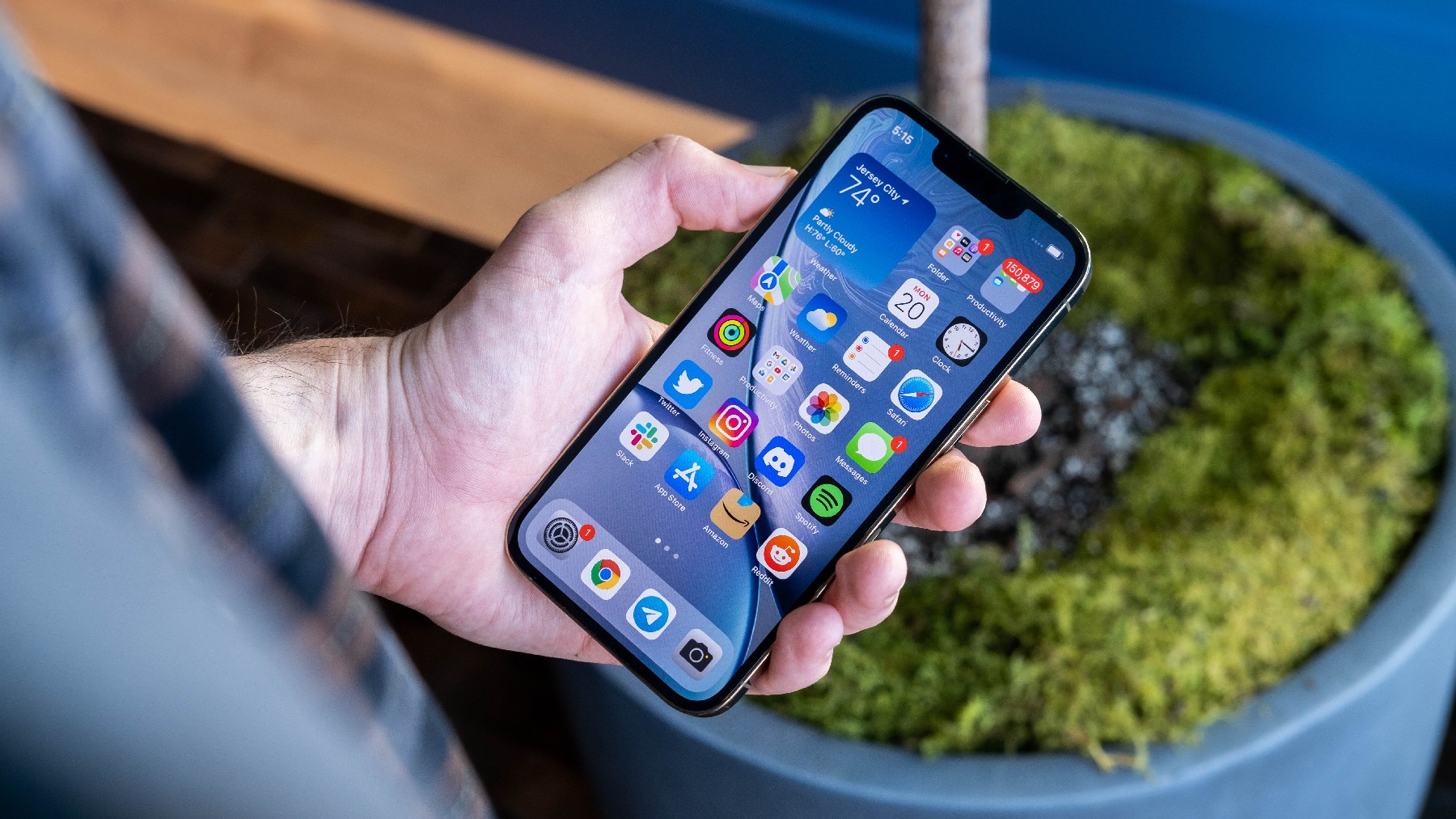Apple Watch can also measure blood sugar
One of Apple ‘s big plans dating back to the days of Jobs is non-invasive continuous blood sugar monitoring. The project has recently reached a major milestone and Apple now believes it can finally bring the technology to market, according to people familiar with the matter.

Apple’s secretive effort, code-named “E5,” aims to monitor blood sugar in the human body without pricking the skin to obtain blood. If perfected, such a breakthrough would be a boon for diabetics and could help solidify Apple’s position in healthcare. The company’s ultimate goal is to make the Apple Watch a must-have device for millions of diabetics around the world as part of a blood sugar monitoring system.
While those goals are still years away, the move could upend an industry worth tens of billions of dollars. About one in 10 Americans has diabetes, which typically requires a skin prick to measure blood sugar. Now there are also patches developed by Dexcom and Abbott Laboratories on the market. When attached to the skin, a tiny probe will be implanted under the skin, and glucose data can be obtained by simply swiping the sensor with a scanning monitor. However, it needs to be replaced every 14 days.
Apple is taking a different approach, using a wafer technology called silicon photonics and a measurement procedure called absorption spectroscopy. This system uses laser light to emit specific light waves to a certain area under the skin. There is interstitial fluid that can be absorbed by glucose in the area. Then, the light beam will reflect back to the sensor to display the concentration of glucose, which is finally determined through an algorithm. A person’s blood sugar level.
Bloomberg News reported that the blood glucose testing system will rely on silicon photonics chips and sensors designed by Apple, and entrust TSMC to produce the main chips to drive this function. Before entering into this cooperation with TSMC, Apple approached the British silicon photonics chip and module industry to develop sensors and chips for this technology. In 2021, Rockley publicly disclosed this cooperation with Apple, Apple subsequently terminated the partnership, and Rockley filed for bankruptcy last month.
Hundreds of Apple engineers are working on the project as part of Apple’s Exploratory Design Group (XDG), which is akin to Google’s parent company, Alphabet’s X Discovery division. It’s one of Apple’s most secretive efforts, with even fewer people involved than Apple’s self-driving car project.
An Apple spokesman declined to comment on the report.
Apple has been testing the blood sugar technology on hundreds of people over the past decade, including people who don’t know if they have diabetes themselves, as well as people with prediabetes and type 2 diabetes. Apple has also compared its technology to the results of samples taken from standard blood tests and skin microvessel pricks.
Apple’s system, which has been in development for more than 12 years and cost millions of dollars, is in the proof-of-concept stage, people familiar with the matter said. It is reported that Apple believes that this technology is feasible, but needs to be streamlined to a more practical scale.
One of the goals of the technology is to warn people of prediabetes so they can make lifestyle changes to avoid developing type 2 diabetes.
However, the development of continuous blood glucose monitoring has its own difficulties, including Google and many new start-up companies have a record of failed challenges.